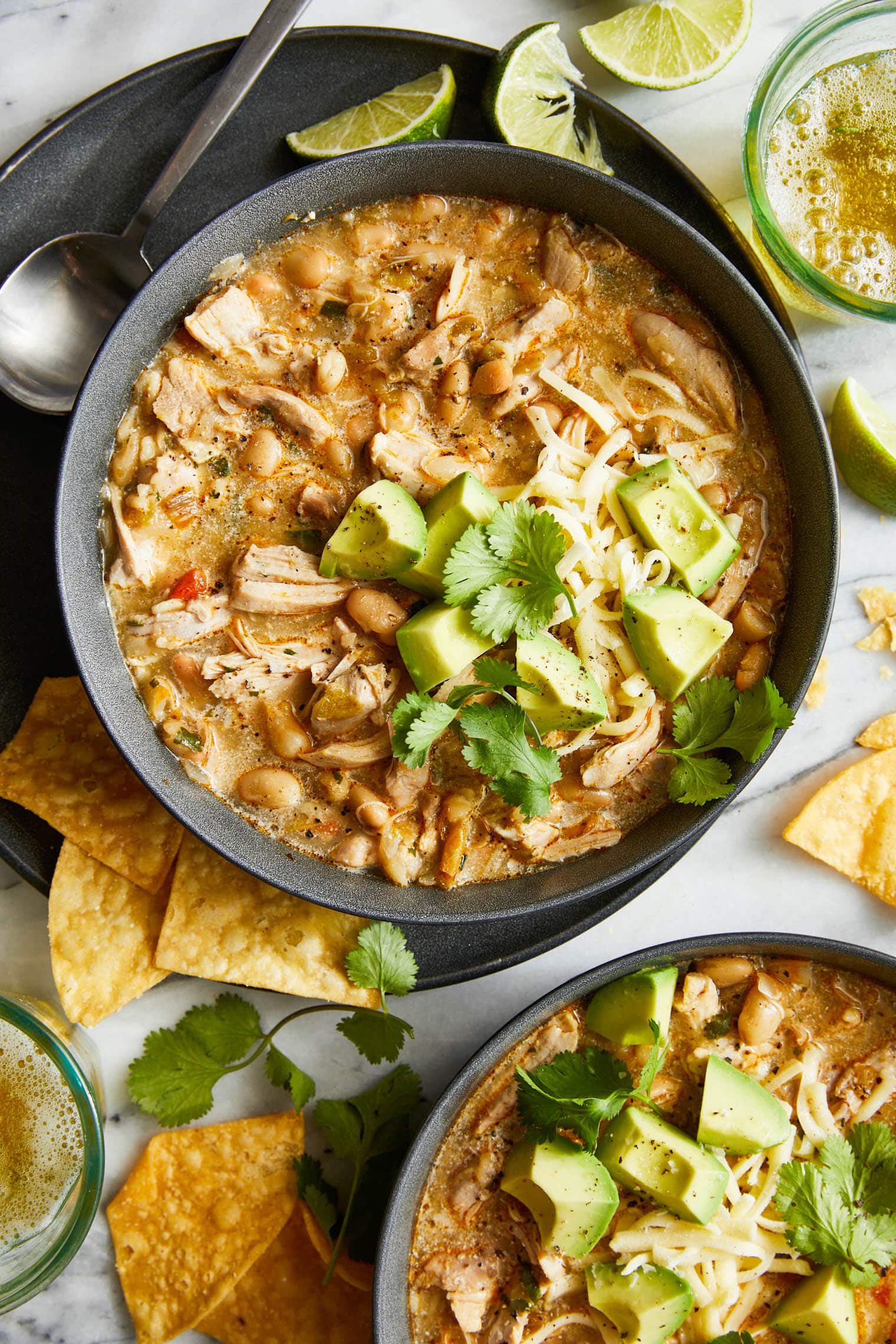Low glycemic-index rice being trialed in multiple locations, IRRI says
THE International Rice Research Institute (IRRI) said that rice variants rated low and ultra-low on the glycemic index (GI) are undergoing trials, with market studies also ongoing prior to being released to the public possibly next year. “Right now, we are doing the multi-location trial. After that we expect to increase the amount of ultra-low […]

THE International Rice Research Institute (IRRI) said that rice variants rated low and ultra-low on the glycemic index (GI) are undergoing trials, with market studies also ongoing prior to being released to the public possibly next year.
“Right now, we are doing the multi-location trial. After that we expect to increase the amount of ultra-low GI rice that will be planted, and then once we define the market, sooner or later we will see it on the market,” according to Rhowell N. Tiozon, Jr., researcher at IRRI’s rice breeding innovation department.
Reuben James Buenafe, IRRI’s associate scientist for biochemistry and data science, said: “We hope next year this will be released to farmers and if ever, this will be released first in the Philippines,” Mr. Buenafe said.
IRRI classifies GI levels below 45 as ultra-low, 46-55 as low GI, 56-69 as intermediate GI, and 70 and above as high GI.
Mr. Tiozon said that most of the cultivated rice varieties in the Philippines have high GI values, which are not healthy for diabetics as they can create a spike in blood sugar levels.
“Typically, they are in the high GI range so around 60 GI usually, but it varies. Generally, especially in the Philippines, our rice variants have high GI. For example, the Dinorado variant can spike sugar quickly,” he said.
Meanwhile, the IRRI is also looking into developing an ultra-low GI and high-protein rice which is currently undergoing clinical trials. Mr. Buenafe said that the high-protein variant will help in meeting children’s protein needs.
“It can help in muscle growth not only for gym users but also for children who are having difficulties in their studies because protein also helps in brain activity,” he added.
However, IRRI said that the rice will still have the same number of calories but noted that the development will allow them to transfer low GI traits to popular rice varieties which can potentially slow the incidence of diabetes globally.
“The rice will have the same calories but the macronutrients that people will get from consuming rice with ultra-low GI and high protein values will be better and it will be more balanced compared to the usual rice,” Mr. Tiozon said. — Justine Irish D. Tabile


















